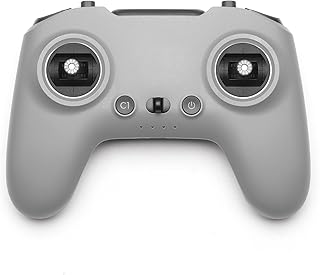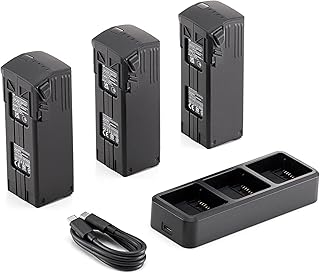INSYOO Drone: Flying Legally and Responsibly
Introduction
The INSYOO drone, like any other unmanned aerial vehicle (UAV), is a powerful tool that offers incredible opportunities for photography, videography, inspection, and more. However, it's crucial to understand and adhere to regulations to ensure safe and legal operation.
Legal & Regulatory Considerations
* FAA Registration: Every drone owner in the United States must register their drone with the Federal Aviation Administration (FAA). This involves creating an account on the FAA's website and providing personal information and the drone's serial number.
* Remote Pilot Certificate (Part 107): To operate a drone commercially or for any operation that generates revenue, you need a Remote Pilot Certificate. This requires passing an FAA exam.
* Operating Restrictions: The FAA has strict regulations regarding where and how drones can be flown. These include:
* No-fly zones: Areas like airports, stadiums, and government buildings are off-limits to drones.
* Height restrictions: Drones typically cannot fly above 400 feet.
* Visual Line of Sight (VLOS): You must maintain visual contact with your drone at all times during flight.
* Aircraft and airspace regulations: Drones must give way to manned aircraft and adhere to airspace classifications.
* Privacy and Data Collection: It's essential to be aware of and respect privacy laws when flying drones. You may need to obtain permission to film or photograph people or private property.
* Local Regulations: Check for any local ordinances or regulations regarding drone operation in your area. These might include restrictions on noise levels, flight times, or specific locations.
Responsible Drone Operation
* Stay Informed: Keep up-to-date on the latest FAA regulations, advisories, and best practices.
* Fly Responsibly: Avoid flying over crowds, private property without permission, or in areas with restricted airspace.
* Use Common Sense: Consider the potential risks and consequences of your actions. Always prioritize safety over convenience.
* Maintain Your Drone: Ensure your drone is in good working order and has the necessary safety features, such as collision avoidance and emergency landing capabilities.
* Be a Good Steward of the Air: Respect the environment, other airspace users, and the community when flying drones.
Resources
* FAA Dronezone: https://www.faa.gov/uas/
* FAA Part 107 Remote Pilot Exam: https://www.faa.gov/training_testing/testing/test_prep/remote_pilot_test/
* Drone Pilot Ground School: https://www.dronepilotsgroundschool.com/
Conclusion
Flying drones responsibly and legally is crucial for enjoying their benefits while safeguarding public safety and privacy. By understanding the regulations, following best practices, and exercising common sense, you can operate your INSYOO drone safely and contribute to the responsible development of this exciting technology.


